



1952 – First attempt of Cho Oyu by a British party led by Eric Shipton. Ed Hillary was a member of the expedition which couldn’t pass 6600 meters.
1954 – First summit of Cho Oyu by Dr. Herbert Tichy, Joseph Jöchler and Pasang Dawa Lama (Sherpa) of an Austrian expedition via the north-west face.
1984 – Věra Komárková (USA) and Dina Štěrbová (Czechoslovakia) became the first women to summit Cho Oyu
1985 – A Polish duo made the first winter ascent of Cho Oyu
1994 – First solo ascent via the South West face by Yasushi Yamanoi.
1994 – Mexican Carlos Carsolio made the fastest ascent of Cho Oyu from the base camp to the summit in a mere 18 hours 45 minutes.
2014 – Expedition Himalaya’s first commercial team successfully summited Cho Oyu
Cho Oyu at 8201 meters (26,906 feet) above sea level, is the sixth-highest mountain in the world. The Tibetan meaning of the word ‘Cho Oyu’ is “Turquoise Goddess”, as it turns into a stunning, turquoise-colored peak after sunset. Standing atop the mountain, stunning views of the mountains in Tibet and Nepal are visible. A special feature of Cho Oyu is that it is considered one of the most accessible 8000ers from the China side, while the Nepal side is considered one of the toughest ones.
It is located in the heart of Solukhumbu district, 20 kilometers west of Mount Everest, along the border of Nepal’s Province No. 1 with China’s Tibet. Among the 8000ers, it has the lowest death rate and the highest success rate. It is also the second-most-climbed mountain after Everest.
Cho Oyu was first summited by the Austrian party led by Dr. Herbert Tichy, putting Tichy, Jochler, and Pasang Dawa on the summit in 1954. The expedition will start and end in Kathmandu.

The Cho Oyu Advance Base Camp (ABC) is a crucial staging point for climbers attempting to summit Cho Oyu, the sixth-highest mountain in the world. Situated at an elevation of around 5,700 meters (18,700 feet), the ABC serves as an intermediate camp between the Base Camp and higher-altitude camps during the ascent. It provides a strategic location for acclimatization and further preparation for the challenging climb. The camp is equipped with essential facilities, including tents for accommodation, dining areas, and necessary gear storage. From Cho Oyu ABC, climbers typically undertake rotations to higher camps to acclimate and hone their skills before attempting the final push to the summit.

Situated at an altitude of around 6,400 meters (21,000 feet), Cho Oyu Camp 1 (C1) plays a pivotal role in the ascent of Cho Oyu. Serving as the initial higher-altitude camp, it serves climbers by offering a vital acclimatization point and a staging area for their continued journey. Basic tents are established for accommodation, complemented by facilities for equipment storage and brief rest intervals. Climbers commonly allocate time at C1 to acclimatize to the higher altitude before advancing to higher camps, enhancing the safety and success of their Cho Oyu ascent.
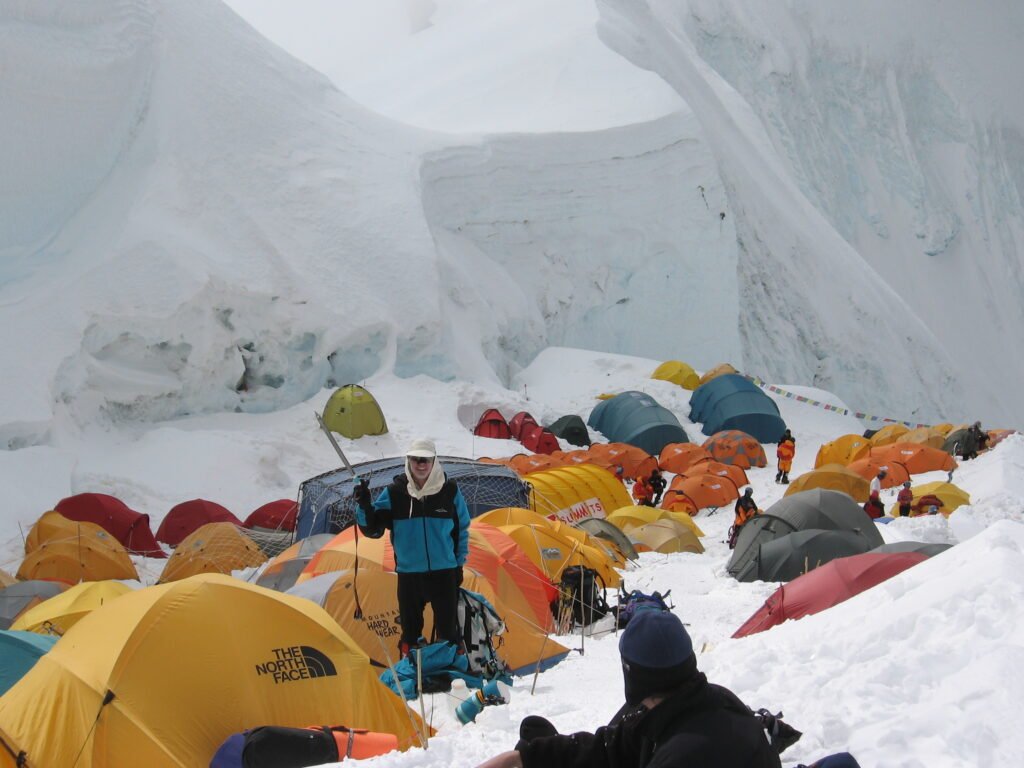
Located at an elevation of approximately 7,020 meters (23,000 feet), Cho Oyu Camp 2 (C2) serves as a crucial point in the ascent of Cho Oyu. Positioned at a higher altitude than Camp 1, C2 facilitates further acclimatization for climbers, offering a necessary staging point for their journey to higher camps. Basic facilities, including tents for accommodation and essential equipment storage, support climbers as they prepare for the challenges ahead. C2 acts as an intermediate camp, aiding climbers in adjusting to the increasing altitude and preparing for the subsequent stages of their ascent towards the summit of Cho Oyu.
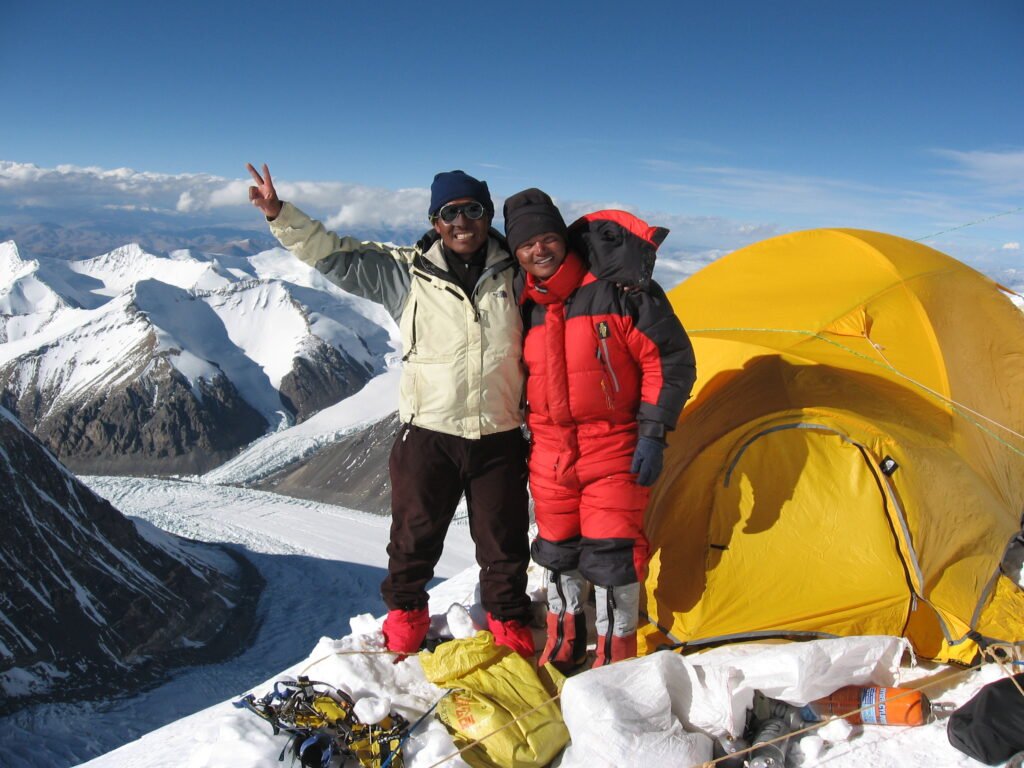
Situated at an altitude of approximately 7,400 meters (24,300 feet), Cho Oyu Camp 3 (C3) marks a crucial stage in the ascent of Cho Oyu. This higher-altitude camp serves as a vital acclimatization point, allowing climbers to further adapt to the challenging conditions. With more limited facilities than lower camps, C3 is strategically positioned to support climbers in their final preparations before the demanding summit push. As climbers progress to Camp 3, they are on the verge of reaching the higher reaches of Cho Oyu, making this camp a pivotal waypoint in their journey to the summit.

Cho Oyu's summit day is the pinnacle of the climb, challenging climbers at an altitude of 8,188 meters (26,864 feet). Negotiating steep terrain, navigating snow and ice, and overcoming technical obstacles characterize this arduous ascent. Climbers must exhibit peak physical and mental resilience during the intense duration of summit day, carefully pacing themselves in the thin air with low oxygen levels. The ultimate reward awaits at the top, where panoramic views and a profound sense of accomplishment greet those who conquer the summit of Cho Oyu, the world's sixth-highest peak.























































Preparing for a challenging expedition requires assembling a comprehensive array of essential gear, encompassing a durable backpack, weather-resistant tent, cozy sleeping bag with an insulated sleeping pad, and a reliable stove for cooking sustenance on the go; navigation tools like a map, compass, and GPS device ensure a safe journey, while a well-stocked first aid kit, emergency shelter, and multi-tool provide security in unforeseen circumstances; carefully chosen clothing layers, including waterproof rain jackets, trekking socks, and sturdy hiking boots, offer protection from the elements, complemented by trekking poles, a backpack rain cover, and dry bags for added resilience against inclement weather.
CLICK THE PICTURE FOR MORE INFORMATION

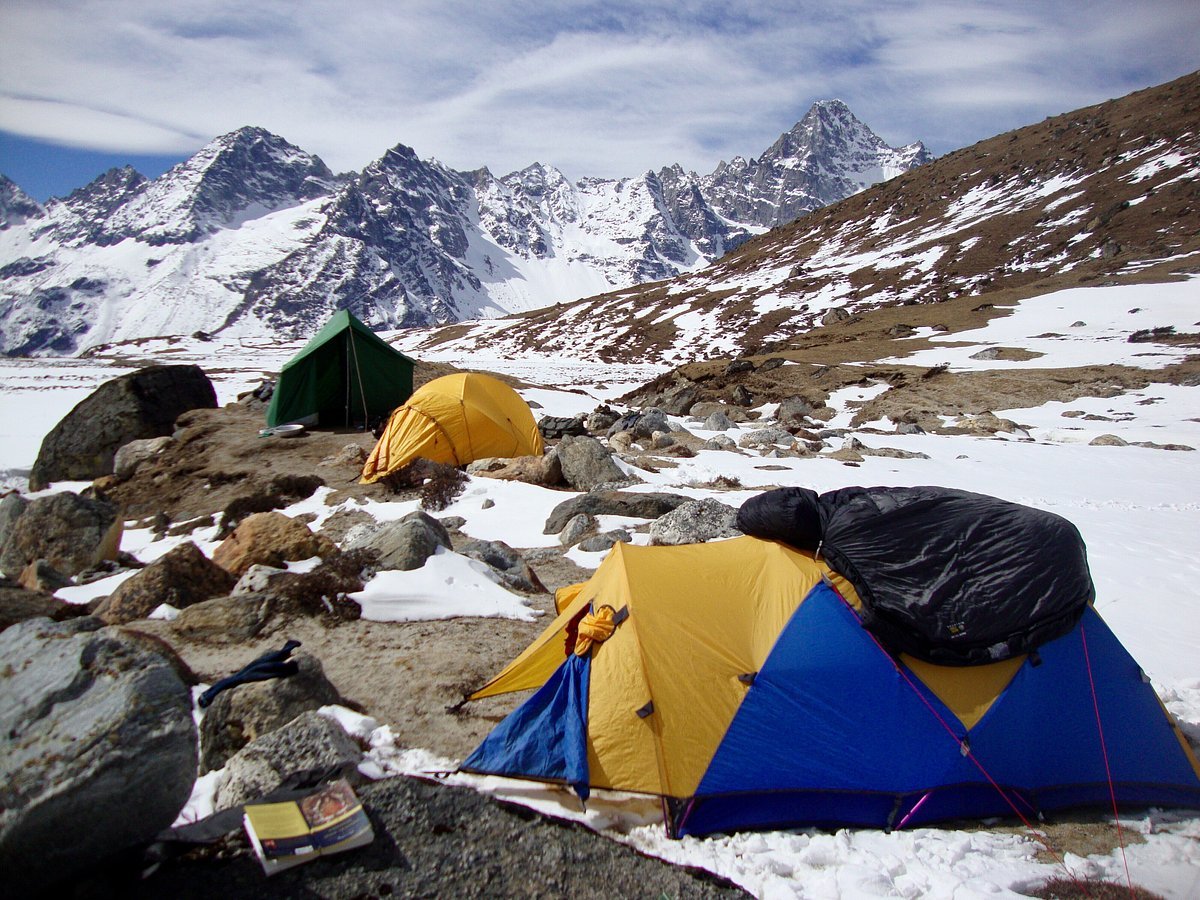
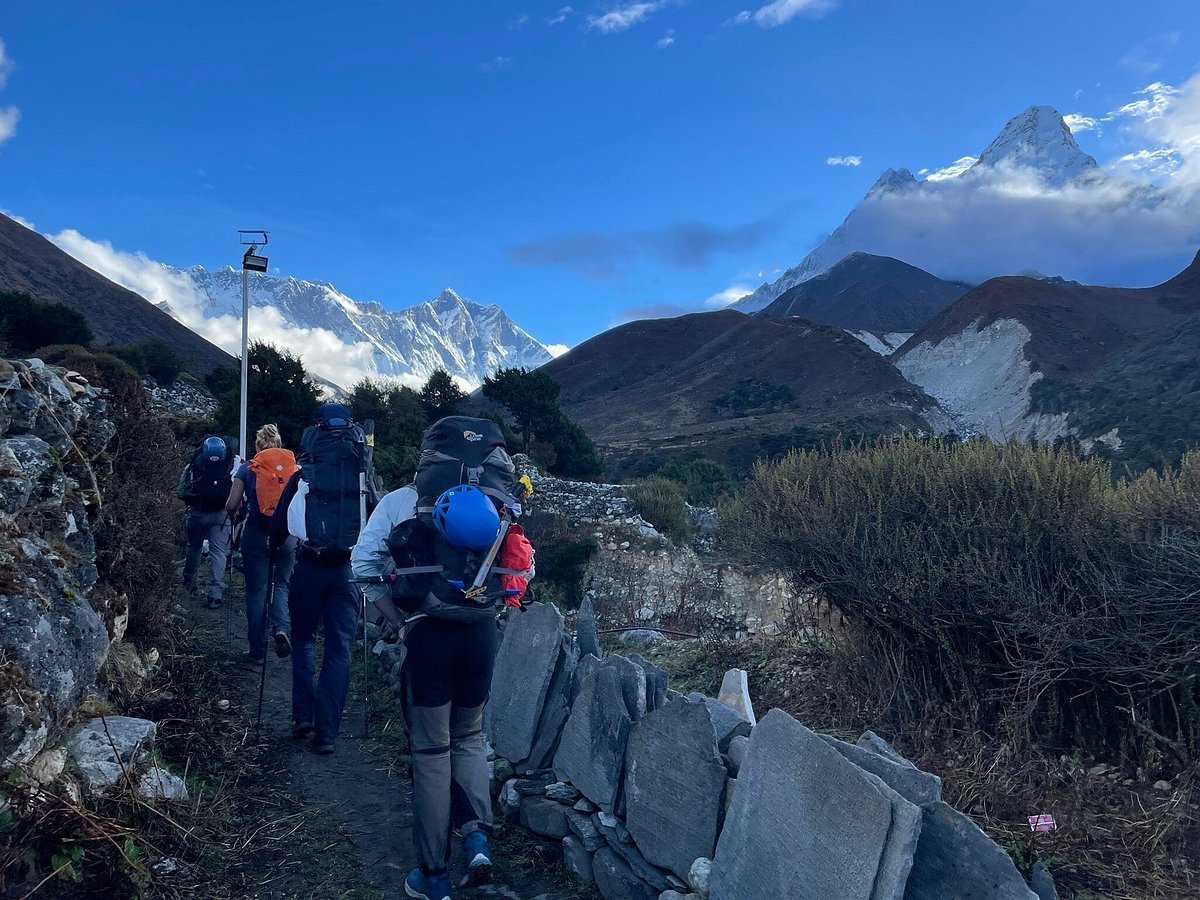
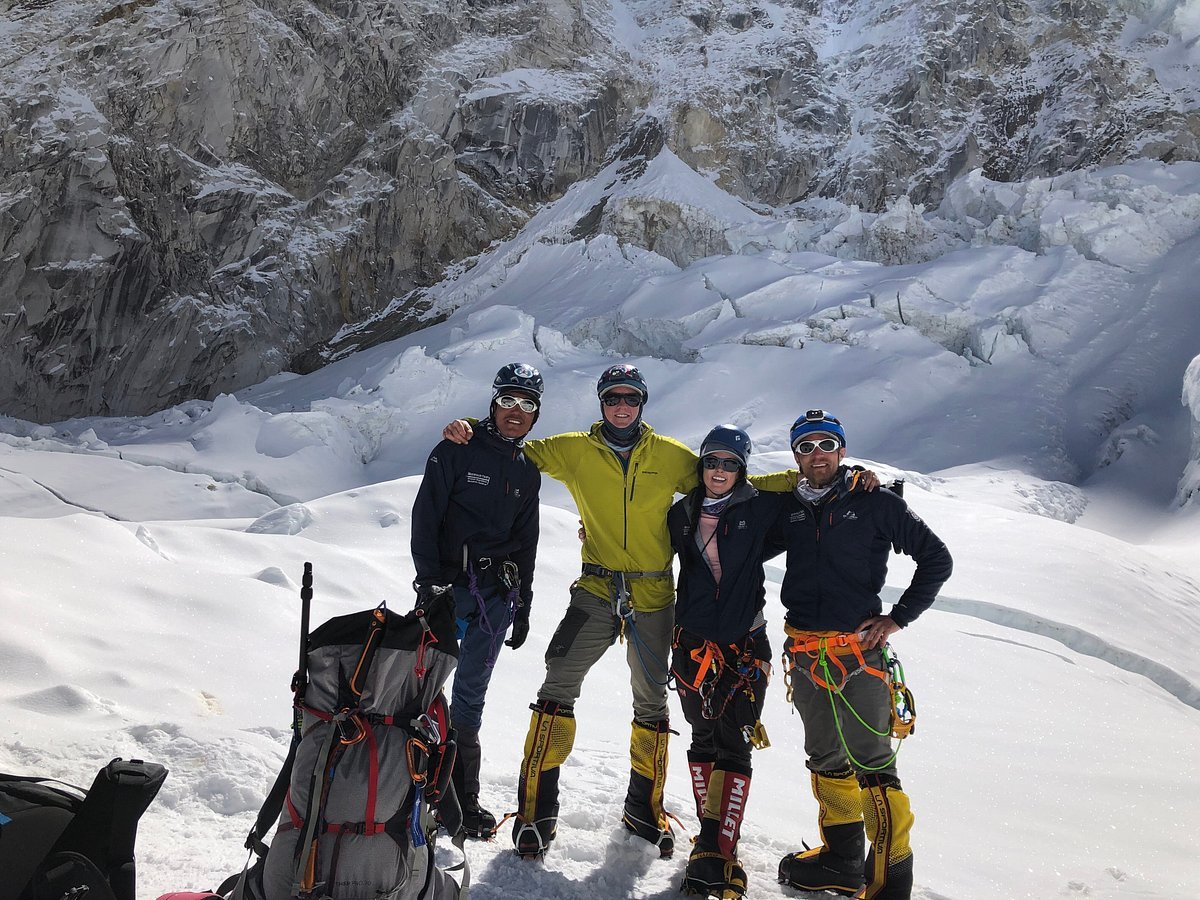
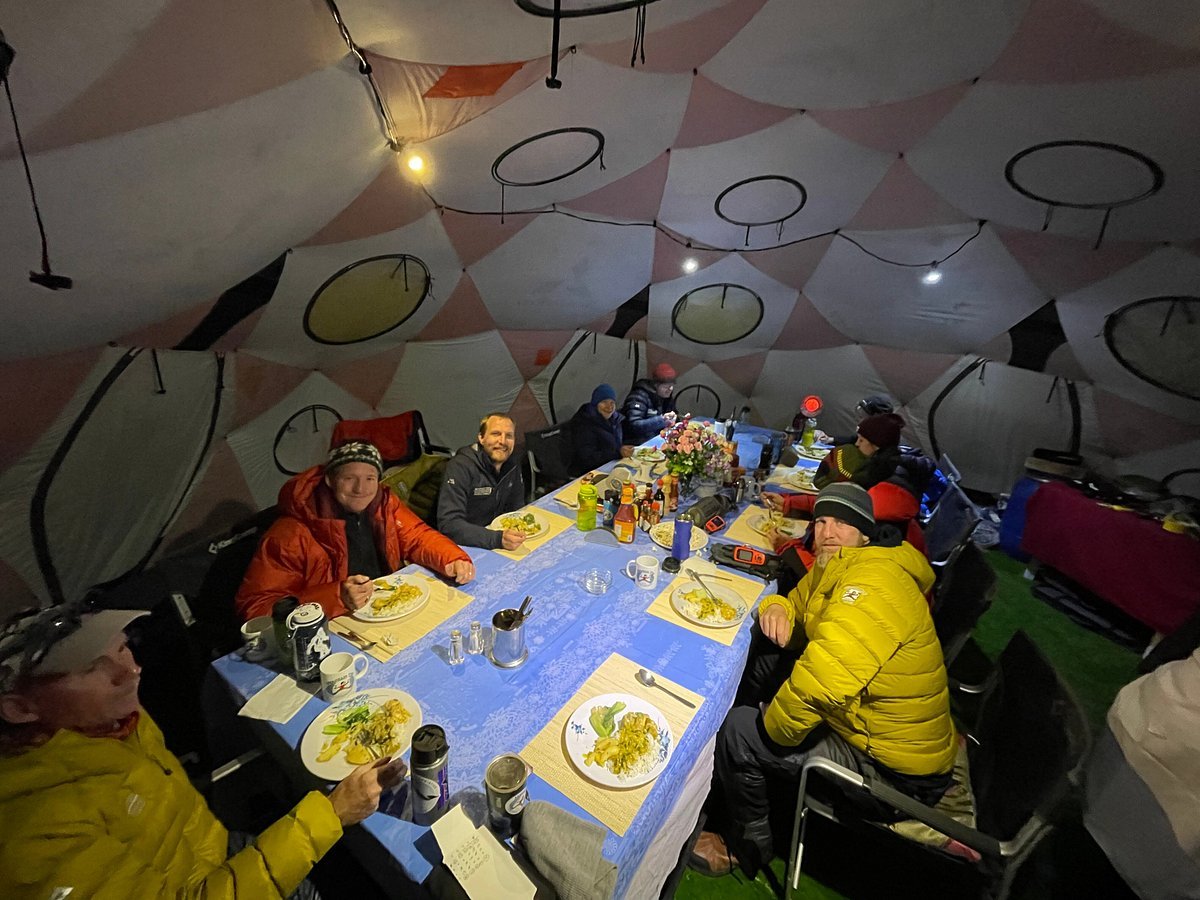

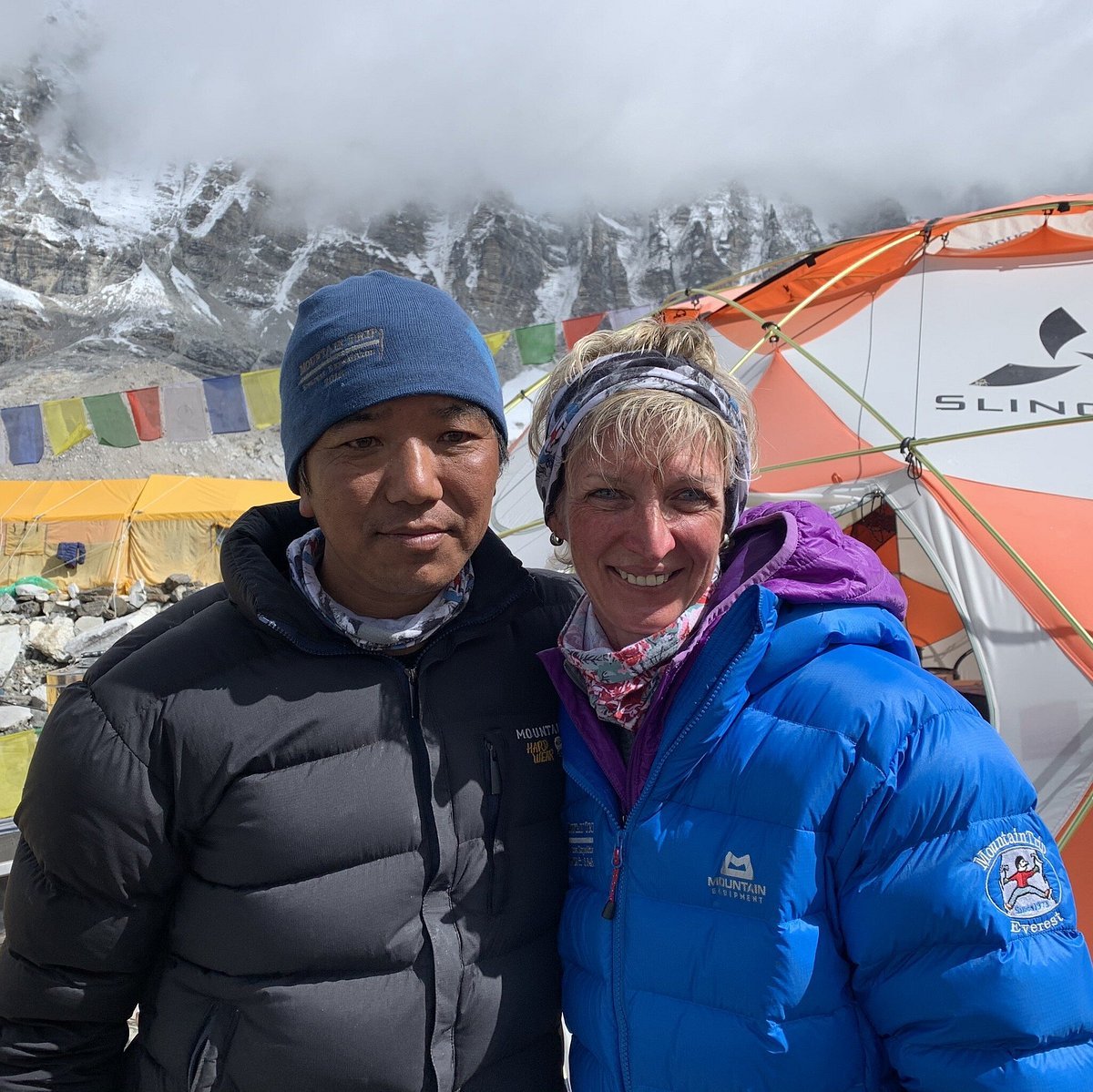

Peak fitness is essential. Train with hikes, carrying gear. Personal Sherpas are optional; porters handle group equipment. Individualized advice for mental and physical preparation is available.

Pre-expedition medical examination is recommended. Dental checks are crucial due to pressure changes at higher altitudes.

Prior high-altitude and mountaineering experience is required for eight-thousander expeditions. Training programs for newcomers are offered. For seven-and six-thousander expeditions, experience on four-thousander peaks is advisable.

Months of physical and mental preparation are necessary. Exercise, diet, and rest are key. Free world-class training programs for Everest climbers are available, along with exclusive discounts.

Months of training are required for fitness and technical climbing experience. Climbing lower peaks familiarizes climbers with equipment and terrain. Expedition training programs are offered in Europe and the US.

Climb lower peaks for altitude adaptation. Tailor-made programs prepare climbers for 8000er expeditions.

Expedition Himalaya, a veteran of Mount Everest and Himalayan expeditions, are poised to make climbing the Himalayan range a safe and unforgettable experience.
© 2024 Developed by Digital Raghu.